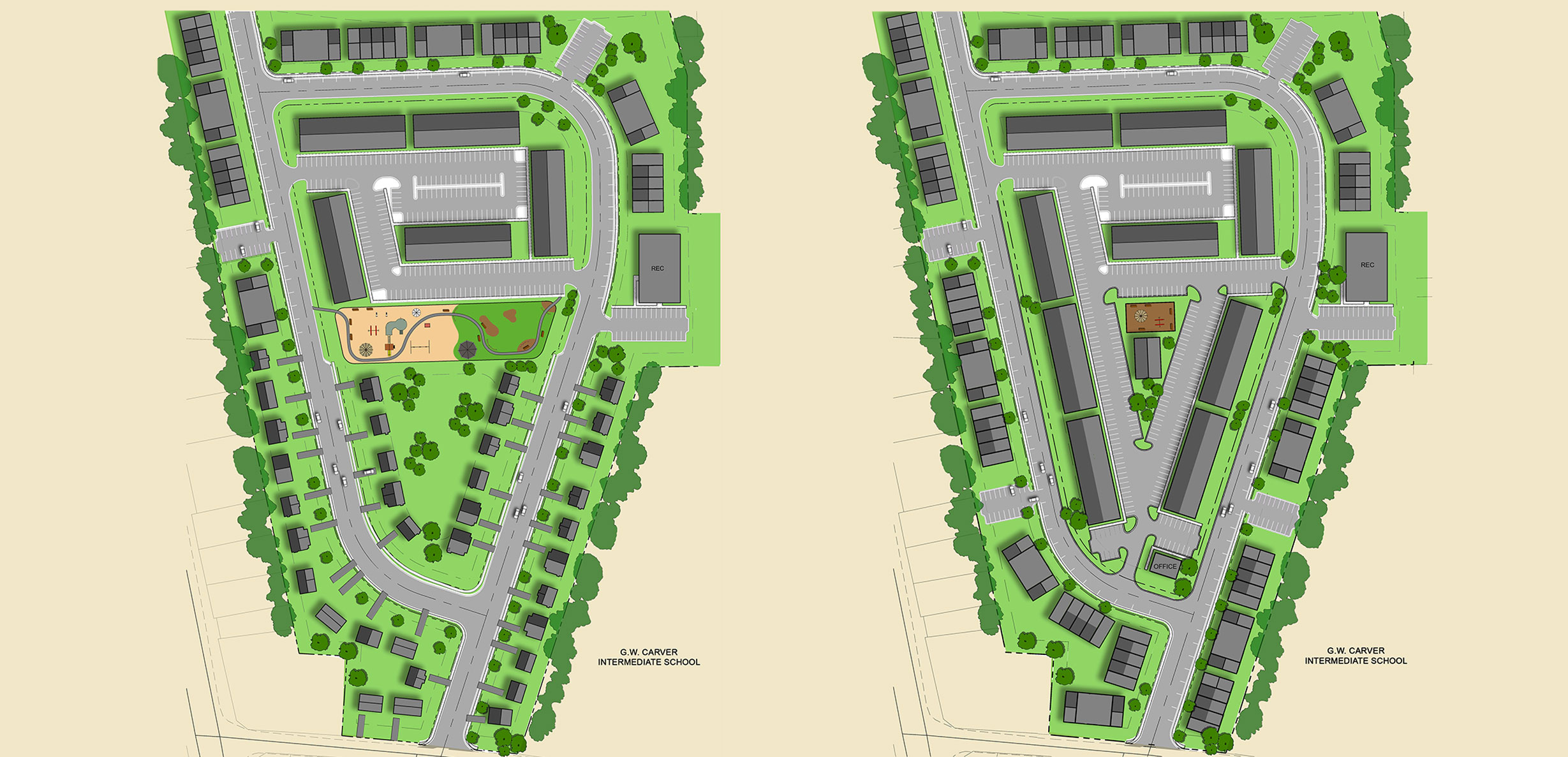Often when a Planner identifies what their career and title are, listeners can become confused because “Planner” is such a broad term. Do they mean a Financial Planner? A Wedding or Meeting Planner?
To add to the confusion, the most common name for the master’s degree earned by many Planners is a Masters in Urban (and Regional) Planning (MURP), though a Planner might work for a rural county, small town, large city, or even a state or federal agency.
With this confusion abounding, we are taking a minute to answer some basic questions about what types of Planners there are and a few ways we’ve seen the effects of Planning benefit local communities.
What types of planners are there?
In reality, Planners can have many different roles depending on their training and experience. To name just a few sub-disciplines for Planners, there are:
- Town Planners
- City Planners
- Master Planners
- Regional Planners
- Comprehensive or Long-Range Planners
- Transportation Planners
- Environmental Planners
- Land Use Planners
- Community Development Planners
- Economic Development Planners
- Zoning Administrators (they are Planners too!)
- Planning Directors
What kind of education do I need to be a planner?
Many Planners come to the profession from a variety of backgrounds and with varying bachelor’s degrees, but the typical senior-level Planner will have the MURP degree and certification as a member of the American Institute of Certified Planners (AICP).
Do planners just work for the government?
While the majority of Planners work for a unit of government, there are sizeable numbers of Planners that work in the private sector, either as part of the staff of a development firm or as a Consulting Planner, and in the non-profit sector, particularly those involved in affordable housing, community development, or various social causes.
What is a Planner’s purpose?
There are, of course, loads of answers to this question, but for us, at the heart of the Planning profession is the turning of dirt. Basically, Planning is about what gets built (or rebuilt), where it is built, and the use of the structure once it is ready to be occupied or driven on.
In the past, it could be said that Planners helped research and guide decisions related only to the built environment. Still, with the growth of the environmental movement, the role of some planners is to focus on the non-built environment as a means of maintaining the health of communities and the planet as a whole.
While that is a high-level overview, we’re going to delve a bit deeper into two Planning roles, that of the Community Development Planner and an Economic Development Planner.
While the Planners at Summit do many different things, including Comprehensive Planning, Housing and Neighborhood Studies, and Master Plans for local housing authorities, one of the larger roles for our Planners is as Community Development Planners.
What do Community Development Planners do?
These planners work on behalf of the local government to organize a neighborhood, develop and find funding for a project, and help manage the project’s implementation. As real examples, many such projects involve rehabilitating homes for low- to moderate-income households and improving the infrastructure that serves those households, funded through Community Development Block Grant (CDBG) funds.
Similarly, these Planners help localities develop, fund, and implement hazard mitigation projects, where homes that have repeatedly flooded are either bought out or elevated out of harm’s way through FEMA’s Hazard Mitigation Grant Program.
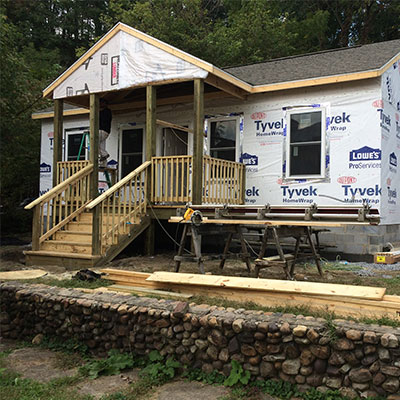
Lower Roxbury Neighborhood Revitalization
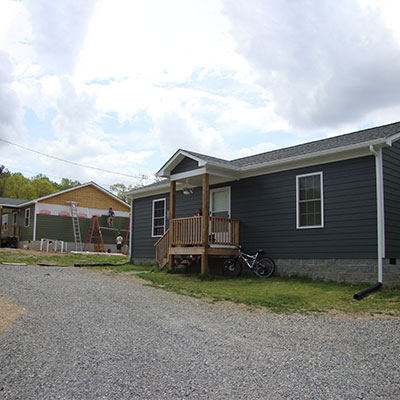
Dora Highway Neighborhood Revitalization
The second-largest role for Summit Planners is as Economic Development Planners. This type of planner helps communities in a variety of different ways.
What do Economic Development Planners do?
Through the development and implementation of downtown revitalization plans and projects, these planners help communities improve the facades of downtown buildings, improve or build new public facilities, and improve the streetscapes and signage in order to jump-start the downtown economy. Like the work described above, many of these projects are supported through CDBG funds.
These planners also research and compile market and feasibility studies for key properties that are in need of significant improvements in order to eliminate blight and bring new purpose to them, so that the properties can serve as the lynchpin of revitalization strategy.
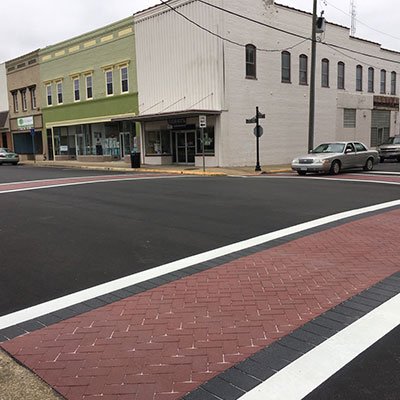
Belfield District Streetscape Improvements
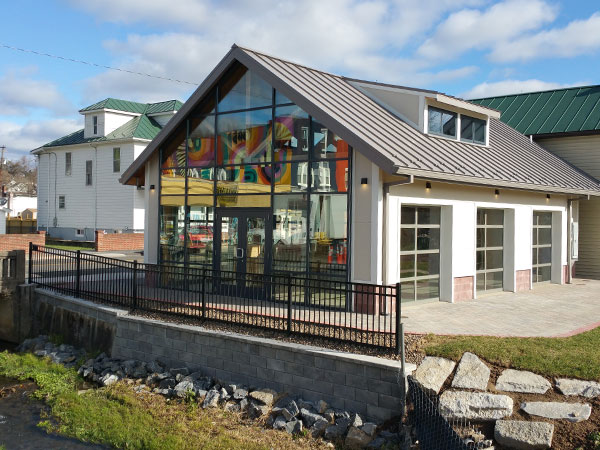
Strasburg Downtown Revitalization
One recent and rewarding example of practical planning was seen when a heavy rainstorm hit a neighborhood in Pulaski, VA, known for flooding due to its proximity to Peak Creek. Though the neighborhood flooded again, every home assisted through two different CDBG-funded projects planned and implemented with the assistance of Summit Planners remained high and dry during the storm. For more information on that project, see the description here.
Regardless of our role, we strive to be what I call “practical planners.” We are never satisfied with making plans that sit on shelves. We’d rather develop implementable plans and result in the dirt getting turned and lives touched.
